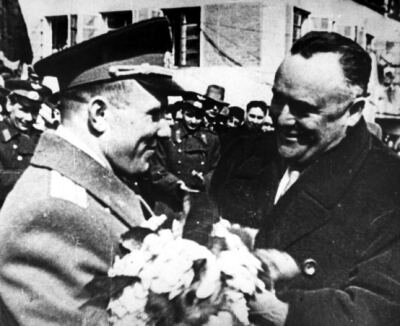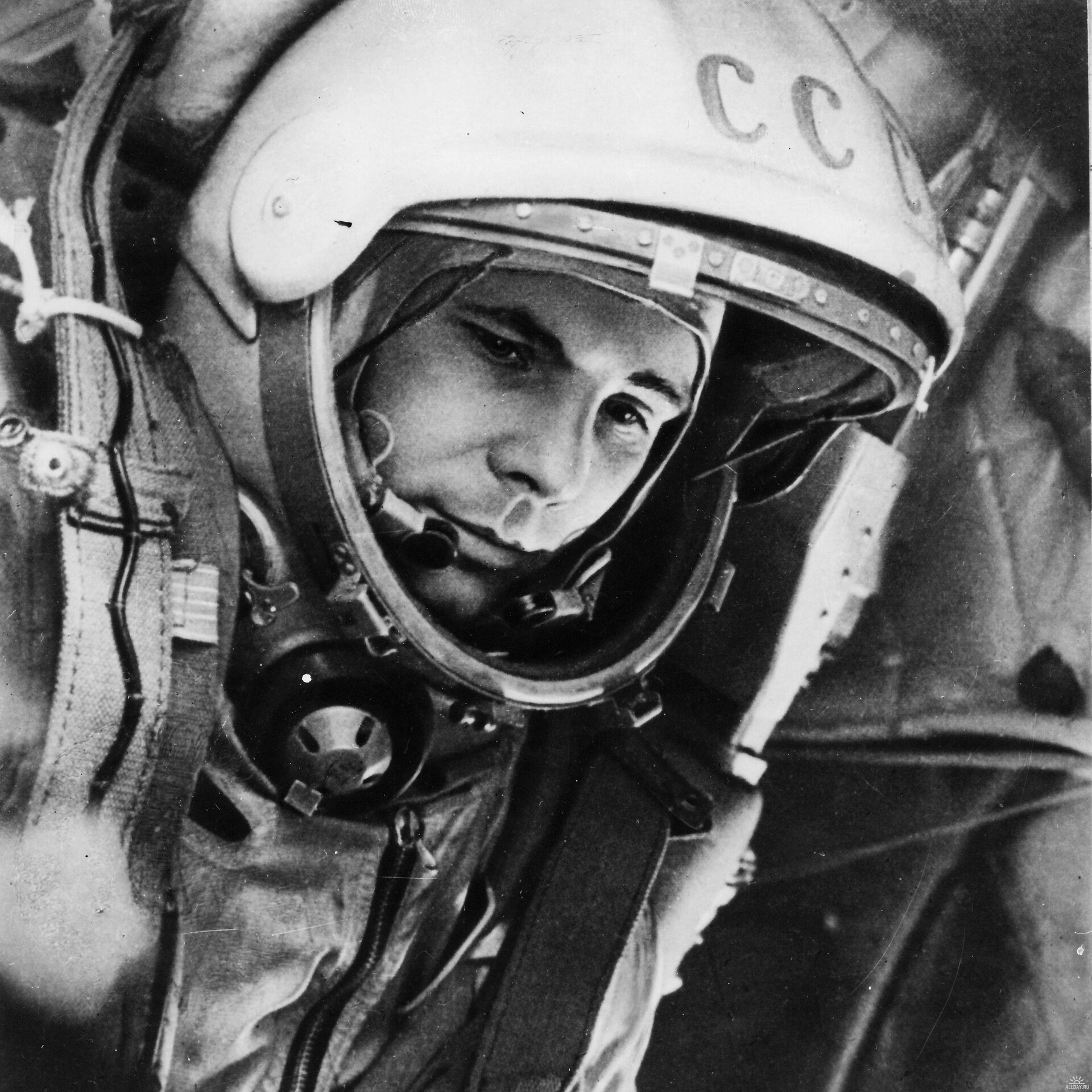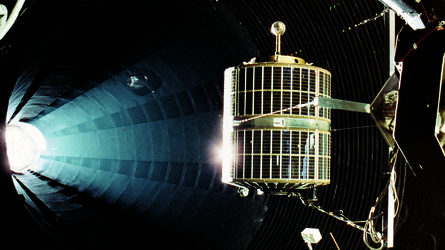I see Earth - it is so beautiful
“The world’s first spaceship, Vostok, with a man on board, was launched into orbit from the Soviet Union on 12 April 1961. The pilot space-navigator of the satellite-spaceship Vostok is a citizen of the USSR, Flight Major Yuri Gagarin.”
To the world of 1961, this was an electrifying announcement, made while Gagarin was still in space. The Americans were stunned, but the congratulations they sent to Moscow were genuine. This historic 108-minute flight, orbiting once around Earth, made Gagarin the first human in space, and an international hero. He was only 27 years old.
His feat was amazing at the time. NASA rushed to get an astronaut into space and, in May 1961, Alan Shepard became the first US astronaut, albeit making a suborbital ballistic flight. It wasn’t until the next year that a US astronaut flew in orbit, when John Glenn circled Earth aboard Mercury Friendship 7 in February 1962.
Two days after the return of Vostok 1, Gagarin was back in Moscow, where he appeared on the balcony of the Kremlin with Premier Nikita Khrushchev. Forty-eight hours earlier, he was unknown; now he was arguably the most famous man on Earth. He embarked on a worldwide tour during which cheering crowds greeted him wherever he went.

Gagarin’s international visits were extraordinary because they came at the height of the Cold War. Here was someone who could travel not only between Earth and space, but also between the open and closed worlds of the east and west.
Ideological differences were momentarily forgotten as this man was hailed a hero around the globe.
Gagarin never flew in space again. After touring, he returned home to Star City to continue his work in the Russian space programme. He was in training for an early flight of the new Soyuz spacecraft in 1967, but was grounded by senior space managers who did not want to risk the life of a Hero of the Soviet Union in another hazardous mission.
It is even more of a tragedy then that Gagarin should lose his life during a routine training flight on 27 March 1968, when his plane crashed and he and his instructor were killed. His ashes were placed in the Kremlin Wall and a lunar crater and asteroid 1772 Gagarin are named in his honour.







